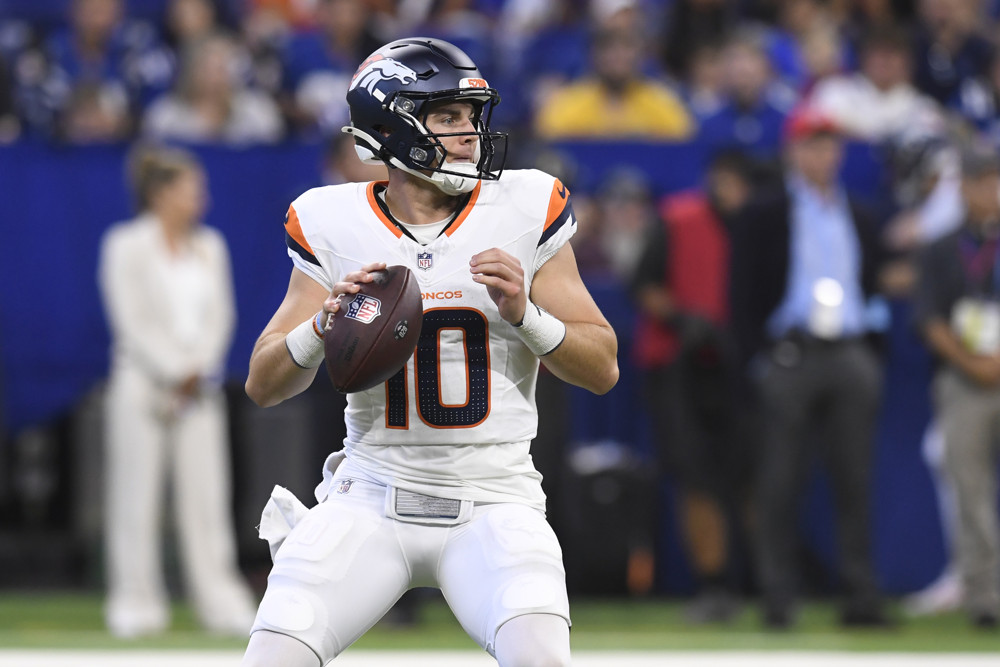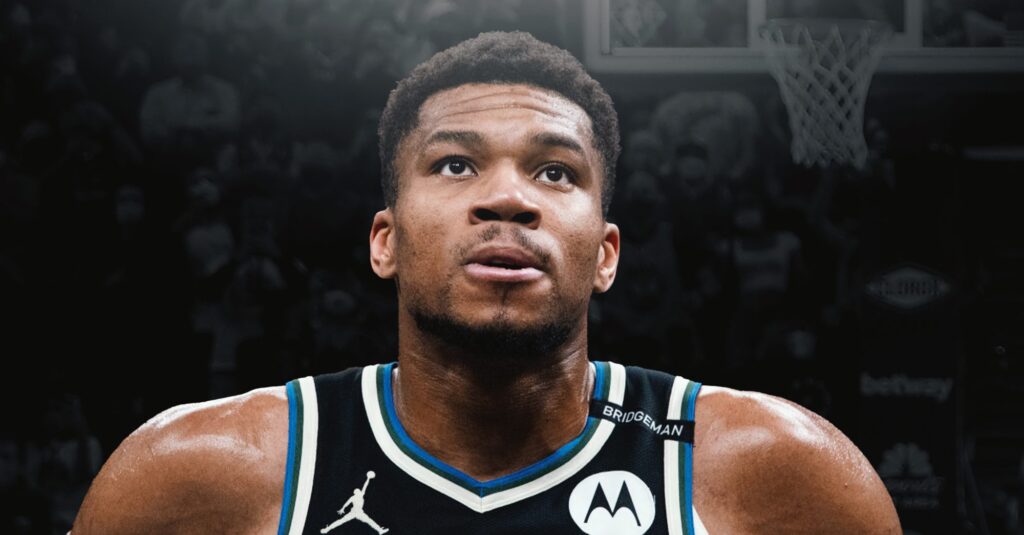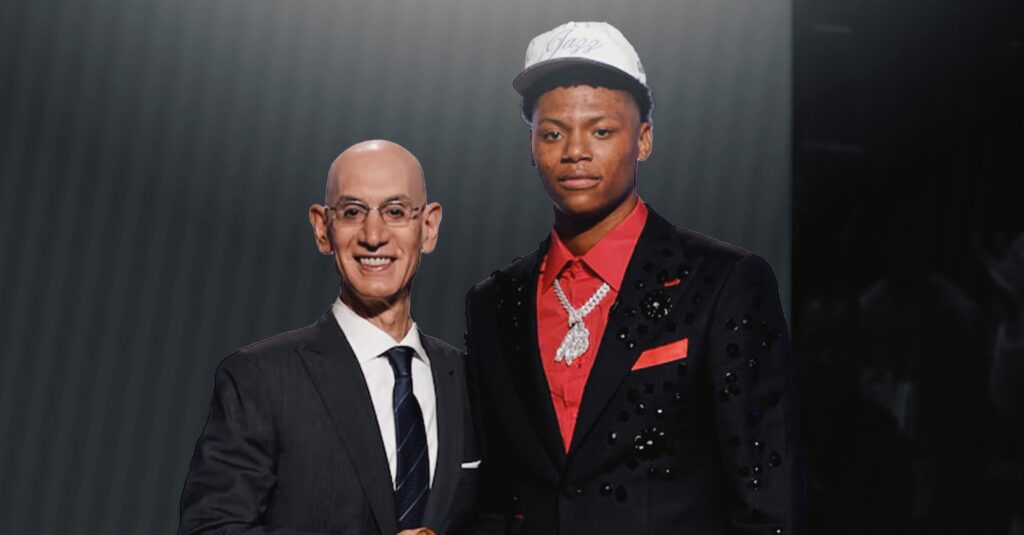By evaluating previous rookie production, we can help set realistic expectations for the 2025 NFL rookie class. We’ll examine trends from the past 10 NFL seasons (2015–2024) and draw insights into how rookies typically perform in their first year, breaking down the data position by position. Then, we’ll project how that might translate to this year’s promising rookie class. Let’s start with the quarterback position.
Quarterbacks Overview
- 112 QBs have been drafted
- 28 QBs have started 18 or more games (25%)
- 10 QBs have started every game (8.93%)
- 13 QBs averaged 16 or more FPs (min. 10 games) (11.61%)
- 6 QBs have finished as a QB1 in their rookie season (5.36%)
Round 1 Quarterbacks
- 35 QBs drafted in Round 1
- 23 QBs played at least 10 games
- 5 QBs have finished as a QB1 as a rookie (14.29%)
- 11 QBs have finished as a QB2 or better (31.43%)
Quarterbacks drafted in the 1st Round have the highest percentage chance of being successful in fantasy during the first season. Since 2015, there have been 35 quarterbacks drafted in the 1st Round. Of those 35 players, 23 of them have played 10 games or more as a rookie. Just under half of those quarterbacks (11) were able to produce a respectable 17.9 fantasy points per game. It’s clear that 1st Round quarterbacks will usually see plenty of playing time and the talented ones can produce.
| Year | Player | Fantasy Finish | FPPG | Games Started | Passing Yards | Total TDs | Rushing Yards | Turnovers | #1 Pass Catcher |
| 2020 | Justin Herbert | 9 | 22.9 | 15 | 4336 | 36 | 234 | 18 | Keenan Allen |
| 2024 | Jayden Daniels | 5 | 21.5 | 17 | 3568 | 31 | 891 | 14 | Terry McLaurin |
| 2024 | Bo Nix | 9 | 19.3 | 17 | 3775 | 33 | 430 | 15 | Courtland Sutton |
| 2023 | C.J. Stroud | 10 | 18.7 | 15 | 4108 | 26 | 167 | 13 | Nico Collins |
| 2018 | Kyler Murray | 11 | 18.6 | 16 | 3722 | 24 | 544 | 17 | Larry Fitzgerald |
| 2015 | Jameis Winston | 19 | 17.2 | 16 | 4042 | 28 | 213 | 21 | Mike Evans |
| Average | 20 | 16 | 3925 | 30 | 413 | 16 | |||
| 2021 | Trevor Lawrence | Outside Top 32 | 12.7 | 17 | 3641 | 14 | 334 | 26 | Marvin Jones |
| 2024 | Caleb Williams | 25 | 15.3 | 17 | 3541 | 20 | 489 | 16 | DJ Moore |
| 2020 | Mac Jones | 29 | 14 | 17 | 3801 | 22 | 129 | 20 | Jakobi Meyers |
| 2016 | Carson Wentz | Outside Top 32 | 13.3 | 16 | 3782 | 18 | 150 | 28 | Zach Ertz |
| 2023 | Bryce Young | Outside Top 32 | 10.4 | 16 | 2877 | 11 | 253 | 21 | Adam Thielen |
| Average | 13 | 17 | 3528 | 17 | 271 | 22 |
Key Takeaways | Rookie Production
- Total Yards: Top rookies often clear 4,000 yards (Passing & Rushing)
- Touchdowns: 24+ TDs is a solid target; 30+ is rare but achievable.
- Turnovers: Rookie mistakes are common which leads to struggles in fantasy.
All of the top-performing rookie quarterbacks were able to contribute either through a high number of passing touchdowns or significant yardage. Notably, about half rushed for at least 400 yards, a key trait among mobile quarterbacks who can create fantasy points with their legs. C.J. Stroud, despite rushing for fewer than 200 yards, made up for it with over 4,000 passing yards, a rare accomplishment for a rookie.
On the other end, 4 of the 5 bottom-tier quarterbacks had under 400 rushing yards and lacked the passing yardage to compensate. Carson Wentz was the best of that group with 3,700 passing yards, but still fell short compared to the top-tier rookies.
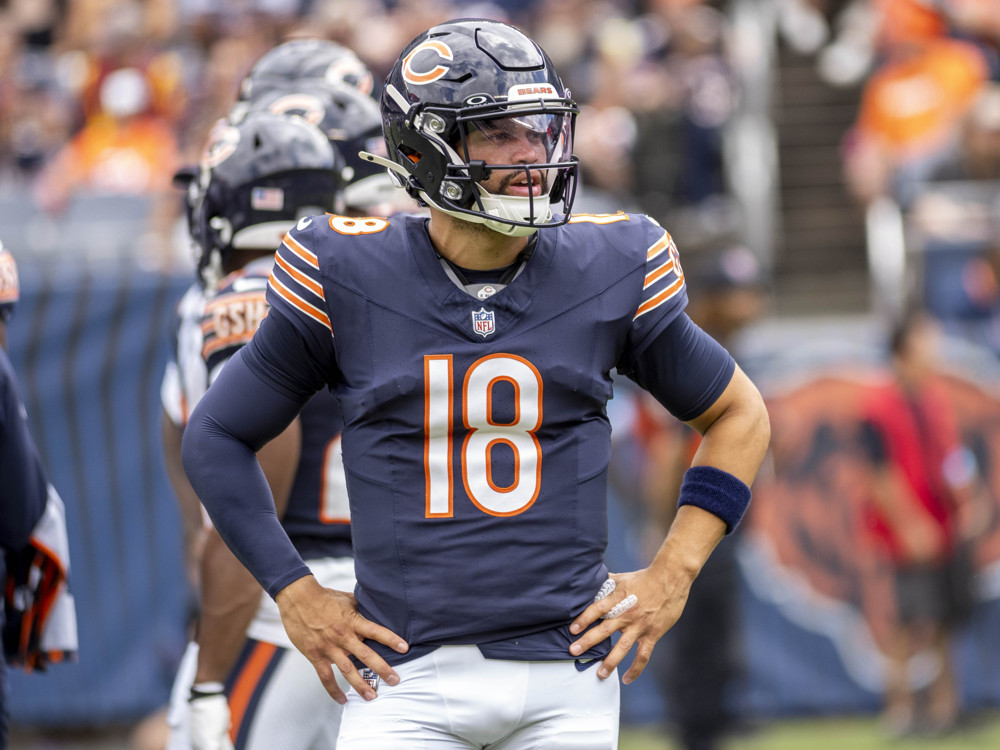
Caleb Williams may be an exception to the trend. He surpassed 4,000 total yards, but his low touchdown total and high interception rate held him back significantly in fantasy terms. Ironically, he also had one of the most talented receiving groups among rookie quarterbacks, suggesting that even a good situation can turn sour due to poor decision-making or an ineffective offensive scheme.
The quarterbacks who finished in the bottom half of the list generally made more mistakes, and they paid for it in fantasy value. While players like Justin Herbert and Jameis Winston had higher turnover rates, they compensated with a high volume of touchdowns. In contrast, the lower-tier quarterbacks struggled to keep up in terms of touchdown production, which made it difficult for them to remain fantasy-relevant.
Supporting Cast | Rookie Production
- Rookie success is often tied to:
- Receiving talent
- Coaching stability
Looking at the top receiving targets reveals a clear difference in supporting talent. Quarterbacks like Herbert and Stroud had reliable, high-end weapons such as Keenan Allen and Nico Collins. Meanwhile, others had to rely on aging or less impactful players like Marvin Jones Jr. or a tight end like Zach Ertz. This disparity in receiver quality often correlates directly with quarterback performance, especially for rookies.
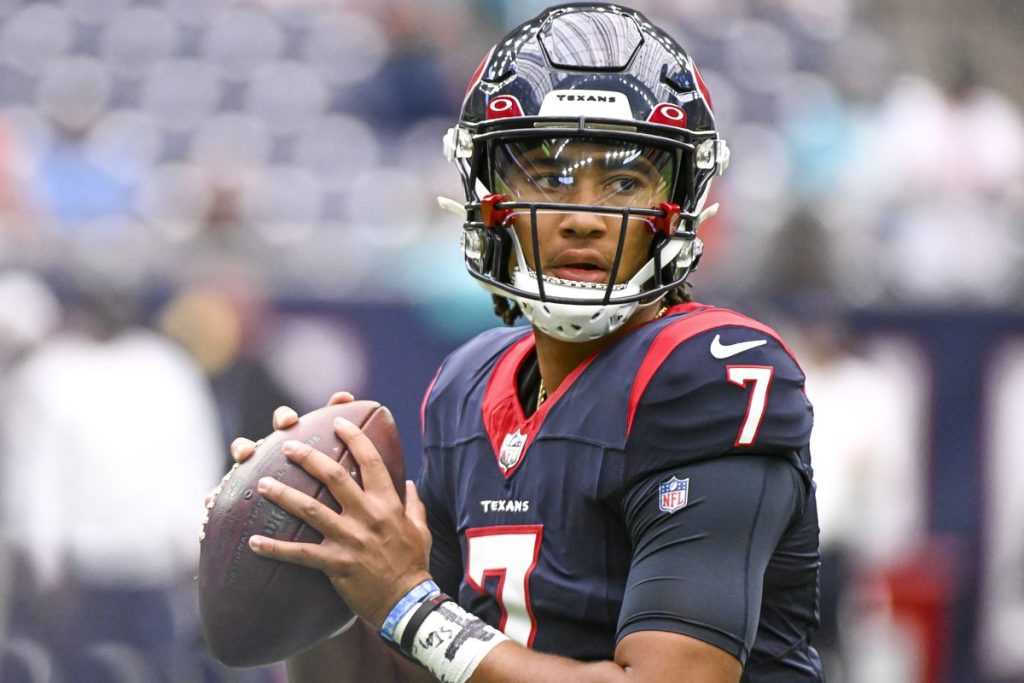
Coaching stability plays a critical role in a rookie quarterback’s early development, especially in terms of fantasy production. In fact, three of the five lowest-performing rookie quarterbacks had their head coach fired during or shortly after their first season. This kind of disruption can hinder a young quarterback’s development, resulting in inconsistent play and poor fantasy performance. Stability in the locker room is essential for building confidence in a system that helps a young quarterback thrive. Without a foundation, even talented prospects can struggle to produce at a high level.
Rounds 2-7 Quarterbacks
- 77 QBs drafted in Round 2 or later
- 5 QBs played at least 10 games
- 1 QB finished as a QB1 as a rookie (1.3%)
- 2 QBs have finished as a QB2 or better (2.6%)
There have been only 2 quarterbacks in the last decade that have started at least 15 games and were drafted in Round 2 or later. It’s been rough for these rookie quarterbacks to make noise in their first season.
| Year | Player | Fantasy Finish | FPPG | Games Started | Passing Yard | Total TDs | Rushing Yards | Turnovers | #1 Pass Catcher |
| 2017 | DeShone Kizer | Oustide Top 32 | 11.7 | 15 | 2894 | 16 | 419 | 31 | Duke Johnson |
| 2016 | Dak Prescott | 9 | 17.9 | 16 | 3667 | 29 | 282 | 13 | Dez Byrant |
| Average | 15 | 16 | 3281 | 23 | 351 | 22 |
While second-round quarterbacks are given more opportunities than late-rounders, their on-field production has been underwhelming. A notable example is DeShone Kizer, a 2017 2nd Round pick by the Browns. Despite being the only 2nd Round rookie in that span to start more than 10 games in his debut season, Kizer struggled mightily, throwing 11 touchdowns to 22 interceptions and finishing 0–15 as a starter. The fact that he stands out as the “best” of that group speaks volumes about the broader issues faced by Day 2 rookie quarterbacks in their first year.
Dak Prescott stands out as a diamond in the rough, emerging from the 4th Round in 2016 to become fantasy relevant as a rookie, a rare success story from Rounds 3 to 7. Beyond Prescott, the list thins quickly. There have been a few surprises, like Gardner Minshew, Davis Mills, and Aidan O’Connell, who each earned extended playing time as rookies despite entering the league as backups or afterthoughts. These late-round QB3 types collectively played 33 games in their debut seasons, averaging 13.9 fantasy points per game.
Expectation for the 2025 Class
All Eyes on Cam Ward
All eyes will be on No. 1 overall pick Cam Ward to see what type of quarterback he’ll be in his rookie season. With expectations that he’ll start all 17 games, Ward is poised to join the rare group of rookie QBs who log a full season, but the real question is where he’ll land in terms of production.
Historically, the most productive rookie quarterbacks—especially in fantasy—tend to be those who can contribute with their legs. Mobility offers a safety net that translates into rushing yards and scoring opportunities, even when passing efficiency is inconsistent. Ward, however, wasn’t deployed as a true dual-threat quarterback in college. He posted just 200 rushing yards in his final season, suggesting his game leans more on arm talent than athleticism.
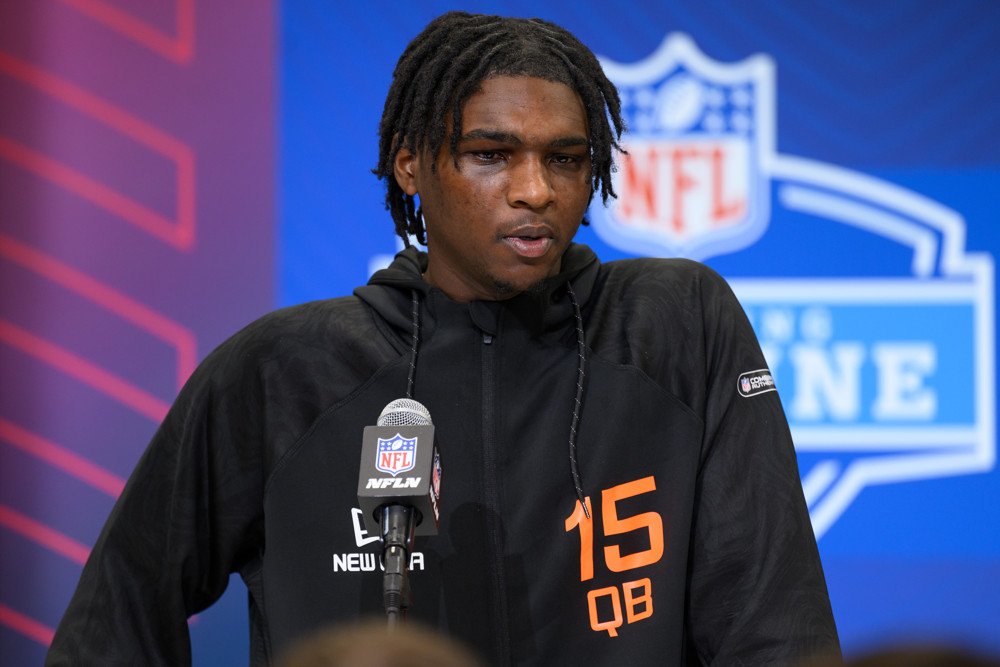
Ward’s elite trait is his downfield arm strength, which could translate into explosive plays if he’s given the right system and protection. He faces an uphill battle in Tennessee due to a lack of dynamic weapons around him. The Titans offense features an aging receiving corps with 31-year-old Calvin Ridley and 32-year-old Tyler Lockett leading the depth chart. While he does have some younger targets, including his former college teammate Xavier Restrepo, it may not be enough to elevate his fantasy value in 2025.
Tennessee’s average run game also does little to relieve pressure, which could force Ward into unfavorable passing situations early and often. That sets the stage for growing pains, despite improvements to the line this offseason.
For dynasty managers, Ward profiles as a risky, borderline QB2 in his rookie season. His ceiling resembles Jameis Winston’s rookie year productive in volume but potentially turnover-prone. His floor, however, could resemble Carson Wentz’s rookie campaign, where flashes of potential were overshadowed by inconsistency and a limited supporting cast.
A Giant Dart Throw
The former Ole Miss quarterback Jaxson Dart is going to be a tough player to project for the 2025 season. His best weapon will be availability, which will be the key factor. The Giants have a tough schedule, especially over the first 7 weeks. If Russell Wilson or even Jameis Winston struggle to produce points, the coaching staff could be released. Another scenario is that they decide early on to go with the rookie in hopes of saving their jobs if he can perform well.
Realistically, Dart could have a Drake Maye like season where it starts 13 games or so but only averages around 13 fantasy points per game. We had 15 quarterbacks play between 10 and 13 games as a rookie, and they averaged around 14.1 fantasy points per game. Dart has a WR1 in Malik Nabers and a decent run game that should help his development. The schedule only offers a few opportunities to be useable as a QB3 in 2025.
An Unlikely Hero in Shough
Saints rookie quarterback Tyler Shough appears on track to start from day 1, but expectations should be tempered. History hasn’t been kind to 2nd Round quarterbacks, with most failing to develop into long-term starters, let alone fantasy-relevant assets.

Shough enters a tough situation in New Orleans. He’ll be asked to perform behind a poor offensive line, with a below-average ground game, and a receiving corps that features two capable weapons: Chris Olave and Rashid Shaheed, who have both dealt with lingering injury concerns. It’s a lot to overcome for any rookie, let alone a Day 2 pick with limited polish.
From a dynasty perspective, Shough projects more as a QB3 who you struggle to start in SuperFlex rather than someone managers should trust as their QB2. Unless the Saints drastically improve, or Shough outperforms expectations early, he’s best viewed as a stash with modest short-term value.
Rest of the 2025 Class
The rest of the 2025 quarterback class is unlikely to make a meaningful fantasy impact as rookies.
Jalen Milroe would need Sam Darnold to either completely flop or suffer an injury in order to see significant playing time in Seattle. At this stage, he profiles more as a developmental backup than a serious Year 1 contributor.
Dillon Gabriel and Shedeur Sanders both landed in Cleveland, a franchise currently mired in quarterback instability. While that chaos could theoretically open the door for opportunity, it’s more likely to result in a revolving door at the position, leading to inconsistency in snaps and fantasy value.
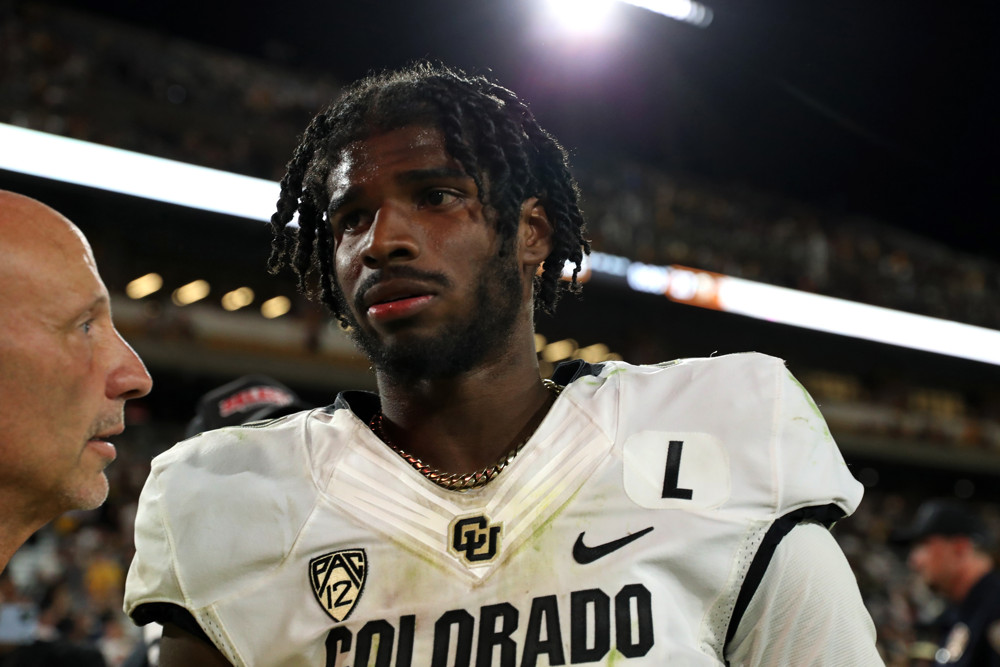
For Sanders specifically, it’s important to note that no 5th Round quarterback over the past decade has produced a fantasy-relevant rookie season. There’s little reason to believe he’ll be the exception to that trend. At best, we may see a spot start or two, but history suggests fantasy managers should avoid banking on late-round quarterbacks to make an impact in their first season.


